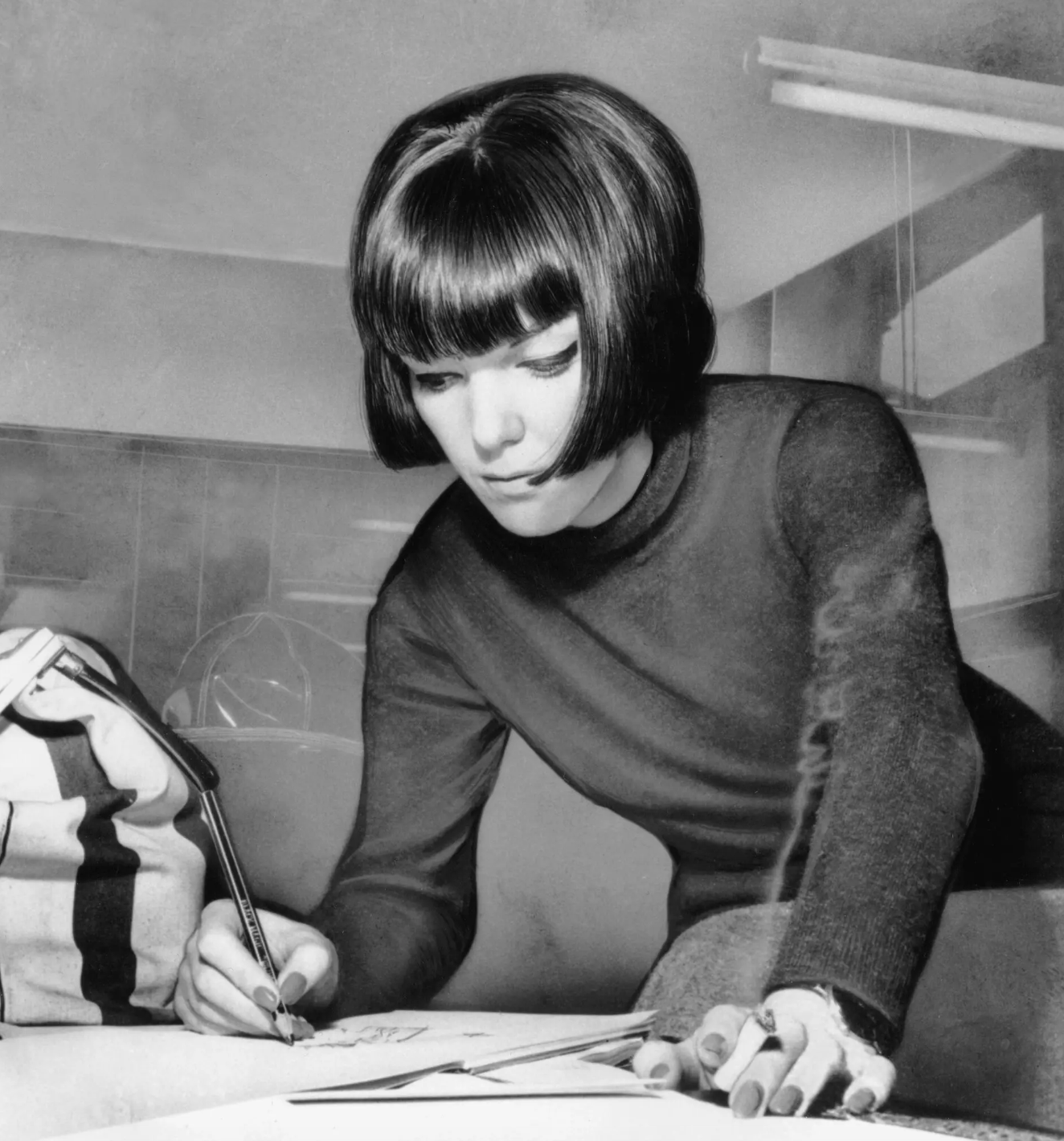What do any of my city planning poems have to do with coyotes, you ask?
I'm excited that Bainbridge Island Press' published my poem Obit for a Pickpocket in the premier edition of their journal, Poetics.
The theme of the issue is the coyote. What do any of my city planning poems have to do with coyotes, you ask? Well, in Native American culture (I learned), the coyote, like Hermes in Greek mythology, symbolizes the clever trickster. From my city POV, this translates into Dickens' Artful Dodger-up-through-today's-DIY hackers (Hermes was the patron saint of thieves.) As I've assembled a cosmology of city all-stars, one trickster I've been taken with is Mary Quant, an avant la lettre hacker and/or punk who helped define modern youth culture as the key figure in London's mid-60s Youthquake fashion revolution. Youth culture, obviously, is a central feature of cities.
Quant died earlier this year (see the NYT's annual Notable Deaths in 2023 feature and scroll to April for her obituary; even better, definitely read the 1967 NYT Magazine feature about her.)
Riffing off feminist poet of antiquity Sappho's famed fragments, I stole a bunch of Quant's witticisms (she was like Warhol with the incisive quips, but giddy rather than Warhol's bitchy), and I hacked together a poem in her honor.
Here's the poem:
Obit for a Pickpocket
to Mary Quant, 1930-2023, with fragments from her NYT obituary
These are the aperçus of the modes of production: —It’s ridiculous, in this age of machines, to continue to make clothes by hand. —Why can’t people see what a machine is capable of doing itself, instead of making it copy what the hand does?
Spoken like a pickpocket of the Gods! Amateurs at accounting emerging from post-war privation. Her Siamese cat in the habit of eating patterns she purloined from Harrod’s. She delighted
in pranks. Turned her back on the corseted shapes. Horror upon her, she made the window displays a performance. Upside down atelier. Spray-painted lives, mannequins dyed or bald or clad in hurried synthetics. Couldn’t stand one dress hanging in the closet listless as estates. These were the bedsit quantum mechanics of Dame Gamine. Prodigy.
Can we stop for a second and talk about how beautiful Evelyn Waugh’s electric guitar was?
She and Mr. Waugh became inseparable. Wore mother’s pajamas to class, ran their fears and wash & wears like a coffee bar. She cried on her 13th birthday because she knew horror was getting closer.
—The young should look like the young. —The most extreme fashion should be very cheap.
Passers-by sneered: “God, look at this Modern Youth!” Shall we be Modern Youth tonight? These are the aperçus in obituaries.
—First, because only the young are daring enough to wear it. And second, because it will not last.
A lovely side note: Bainbridge Island Press has nominated this poem for the Pushcart Prize. This is far more impressive to say out loud than it is in fact. Every small press in the country—and there are thousands?—is allowed to nominate up to 6 poems they've published over the course of the year for the prize. I'm holy moly thrilled that Bainbridge Island Press chose my poem as one of their nominations (thank you Bainbridge Island Press), but there's that context for you.
Obit for a Pickpocket is a personal favorite. At a glance it doesn't
overtly fit into the sequence of my Green Metropolis poetry, but in my mind it’s central to the city story line.
Quoting my own intro to the review I wrote of her 1966 memoir Quant on Quant, which I read earlier this year, I said:
In my ongoing list of Urbanism all-stars, I add Mary Quant to Billie Holiday, Jane Jacobs, and Frank O'Hara.
In my firmament of city gods, I’m trying to make sure all the tenets of Urbanism get a patron—or that is to say, that each patron represents a city tenet: Currently, I’ve got 1950s Trinidadian-UK calypso star Lord Kitchener representing local music scenes, city planning theory sage Jane Jacobs representing pedestrian street life, and I recently added pastoral cityscape artist Edward Hopper to represent infrastructure. There are many more slots to fill: mass transit, diversity, counterculture, density, innovation, commerce. Of course, I’ve slated Billie Holiday as the supreme Goddess of Cities overall.
Today, I’m adding London’s Mary Quant to represent one of the most electric tenets of Urbanism: Youth.


